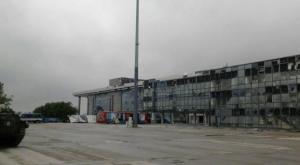Electric Yerevan & Lessons on the Color-Spring Tactic
 he Electric Yerevan protest provides us with an excellent opportunity to review some of the basic underlying mechanics and psychology of the Color-Spring tactic. It is important to share these publicly, for it is indeed probable that the Color-Spring tactic will be increasingly applied in the world as a “hybrid soft-power/hard-power tactic”.
he Electric Yerevan protest provides us with an excellent opportunity to review some of the basic underlying mechanics and psychology of the Color-Spring tactic. It is important to share these publicly, for it is indeed probable that the Color-Spring tactic will be increasingly applied in the world as a “hybrid soft-power/hard-power tactic”.
A moral principle held by Gene Sharp, who was one of the tactic’s main developers, was that violence is not necessary for revolution. What is strange, contradictory, even dishonest here is that violence is reduced taxonomically to the physical violence of the state’s gendarmes against the civilians. But we know that violence comes in many forms.
We live in a time of great violence; physical, psychological, legal, economic, spiritual violence. Not only has the Color Revolution tactic engendered the latter four, but its mutation into the Arab Spring tactic also employs heinous physical violence. We can see today, tens of thousands dead in Libya, hundreds of thousands in Syria, and a mounting figure in Ukraine which threatens to surpass the precedents.




